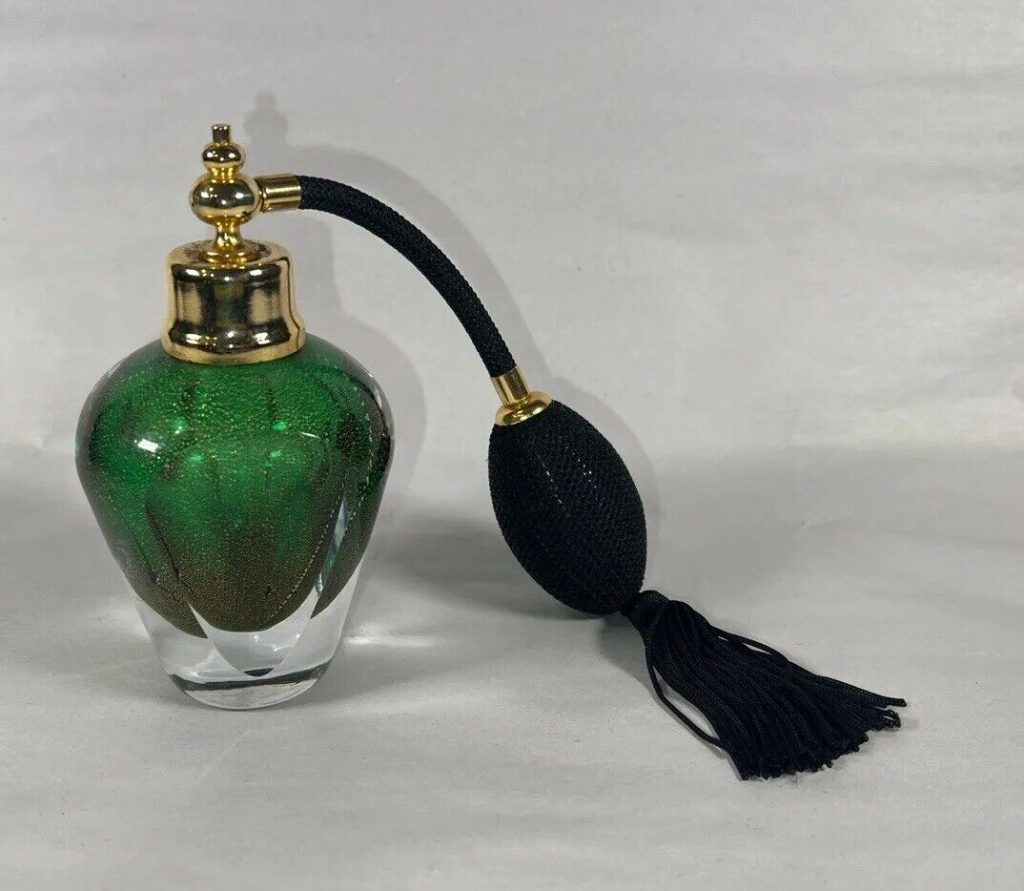Craft Custom Perfumes at Home with Easy-to-Follow Guidelines
Creating your own perfume at home is a delightful and rewarding process that allows you to personalize scents according to your preferences. With a few essential ingredients, some creativity, and the right steps, you can craft a signature fragrance that is truly unique. Here’s a simple guide to get you started.
Gather the Ingredients and Tools
To make perfume at home, you will need three main ingredients: essential oils, a carrier oil, and alcohol. Essential oils form the fragrance base, while a carrier oil, such as jojoba or almond oil, dilutes the intensity of the essential oils. High-proof alcohol, like vodka, helps blend and preserve the fragrance. Additionally, you will need a glass mixing container, pipettes or droppers, and a dark glass bottle for storing your finished product.

Understand Fragrance Notes
Perfumes are crafted using three layers of scent: top, middle, and base notes. Top notes are light and fleeting, often citrusy or fresh, setting the first impression. Middle notes, or the heart, provide the main body of the scent with floral or herbal tones. Base notes add depth and longevity, typically featuring earthy or musky aromas. A balanced combination of these notes creates a well-rounded fragrance.
Experiment with Combinations
Start by choosing your essential oils. For example, you might combine bergamot top note, lavender middle note, and sandalwood base note for a calming and elegant scent. Using a dropper, experiment with ratios, typically beginning with 30% top notes, 50% middle notes, and 20% base notes. Blend the oils in your glass container until you achieve a harmonious mix.
Add Alcohol and Let It Mature
Once you have perfected your oil blend, add alcohol. A standard ratio is about 1 part essential oil blend to 3 parts alcohol. Stir gently and let the mixture sit in a cool, dark place for at least 48 hours, but preferably up to a month. This aging process allows the scents to meld and develop into a richer fragrance.
Finalize and Store
After the aging period, dilute the mixture with a small amount of distilled water if desired, and filter it through a coffee filter to remove any impurities. Transfer the perfume into a dark glass bottle to protect it from light and heat, which can degrade the fragrance to make your own perfume.
Tips for Success
Patience is key when crafting perfumes. Allow the scents to mature and adjust your recipe if needed. Document your blends to recreate favorites or refine them further. Lastly, always perform a patch test before using your perfume to ensure there are no skin sensitivities.
By following these steps, you can transform a simple DIY project into a personalized luxury. Crafting custom perfumes not only saves money but also provides a unique way to express your personality through scent.

